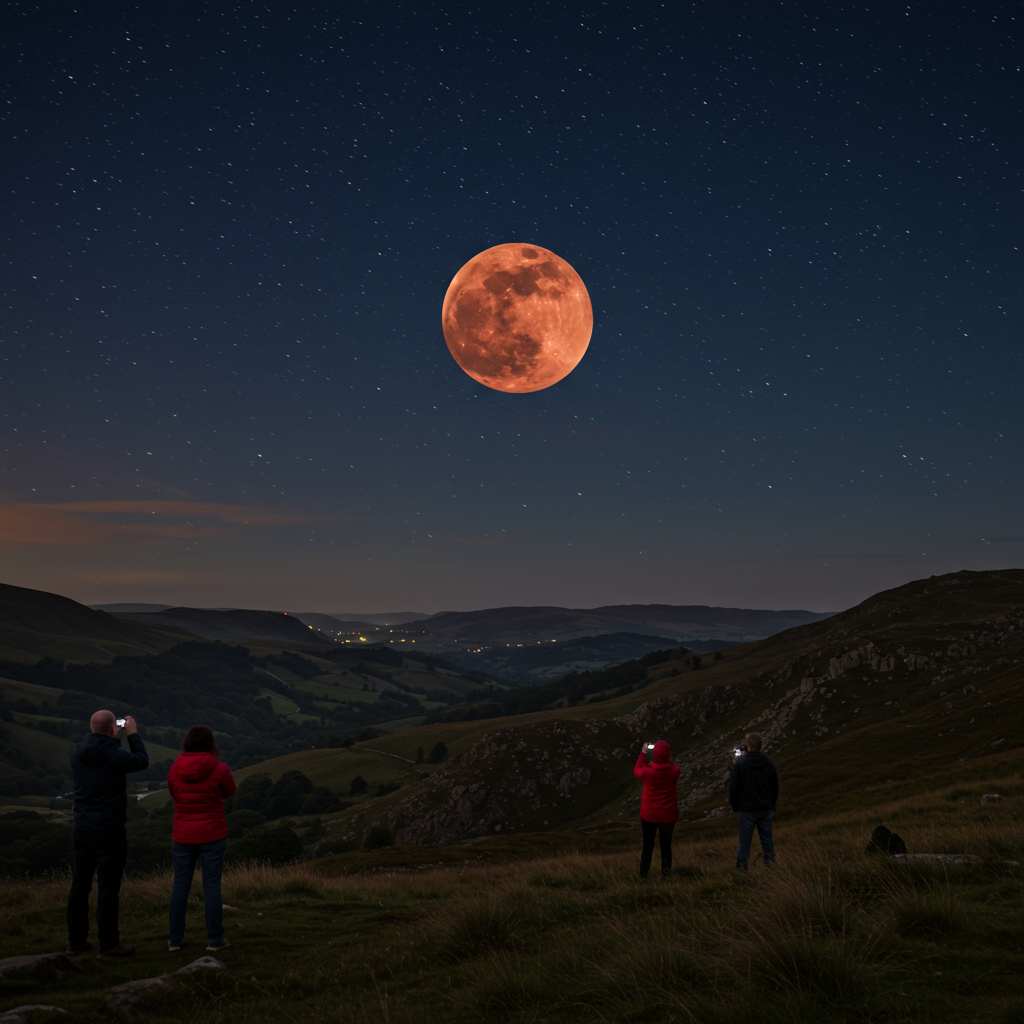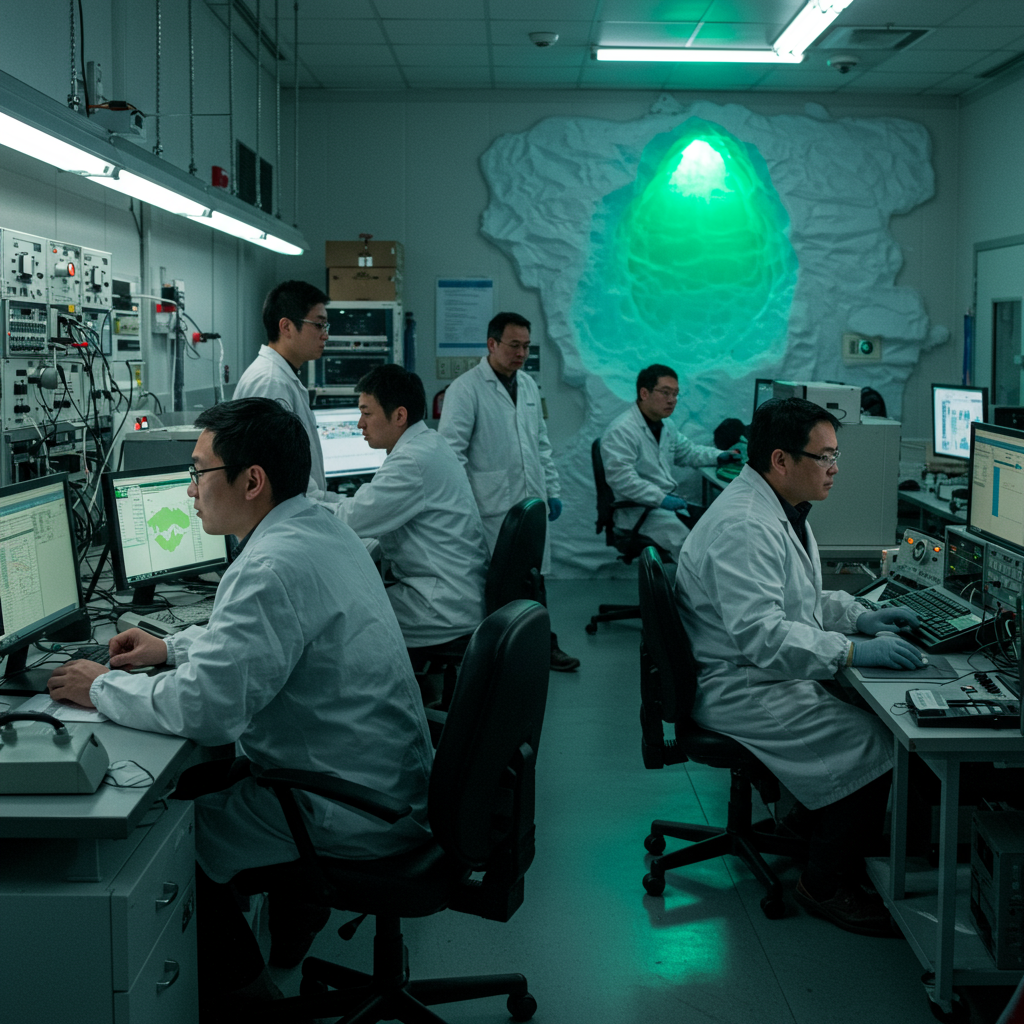The night skies over Wales recently delivered a breathtaking spectacle, captivating observers with an exceptionally rare appearance of the full Strawberry Moon. Hanging unusually low on the horizon, this celestial event hadn’t been seen with such clarity for nearly two decades and won’t grace our skies in the same way again until 2043.
Cameras across the country were turned skyward to capture the phenomenon, which peaked on Wednesday evening after being notably low the previous night. From Paxton’s Tower in Carmarthenshire, where its glow was vividly captured, to sightings reported across South Wales and beyond, the low-hanging moon was a sight to behold.
What is the Strawberry Moon?
The term “Strawberry Moon” is the traditional name given to the full moon that occurs in June. Its origins trace back to indigenous American tribes who used moon cycles to mark the changing seasons. This specific moon signalled the time when wild strawberries were ripe and ready for harvest. It’s important to note that the name doesn’t refer to the Moon’s colour itself.
Why Did It Look So Big and Low?
While any full moon can appear impressive, this recent Strawberry Moon was particularly striking due to its remarkably low position in the sky. This low angle made it appear significantly larger than usual – a fascinating optical phenomenon known as the Moon Illusion.
Furthermore, when the Moon sits low on the horizon, its light rays must travel through a greater depth of the Earth’s atmosphere. This atmospheric scattering filters out shorter wavelengths of light (blues and greens), allowing longer wavelengths (reds and oranges) to pass through more directly. This is the same effect that paints the sky during sunrise and sunset, often giving the low-hanging Moon an orange or rusty hue, rather than a distinct strawberry red.
The Rarity Explained: A Major Lunar Standstill
What made this sighting exceptionally rare was its connection to a celestial event called a major lunar standstill. This phenomenon significantly influences the Moon’s path across the sky over time. The recent peak marked a point in this cycle where the Moon reached its lowest visible point in the sky during its full phase.
This precise alignment, resulting in such a clear, low-lying full moon, last occurred in 2006. Stargazers and casual observers alike were treated to an event that will not be repeated until 2043, making the recent appearance truly a once-in-a-generation opportunity – an 18-year wait for the next similar viewing.
Capturing the Spectacle
People across Wales marvelled at this infrequent occurrence. Keen photographers and BBC Weather Watchers in various UK regions, including the East Midlands and Yorkshire, also successfully captured images showcasing the moon’s vivid appearance and “otherworldly glow.”
For those who missed it, or wish to observe future celestial events like the next low moon in 2043, remember that viewing is often best from locations situated away from town and city light pollution. No elaborate equipment is strictly necessary for a glimpse of such stunning natural displays.
The recent rare, low Strawberry Moon served as a powerful reminder of the dynamic and awe-inspiring events constantly unfolding in the night sky above us.




